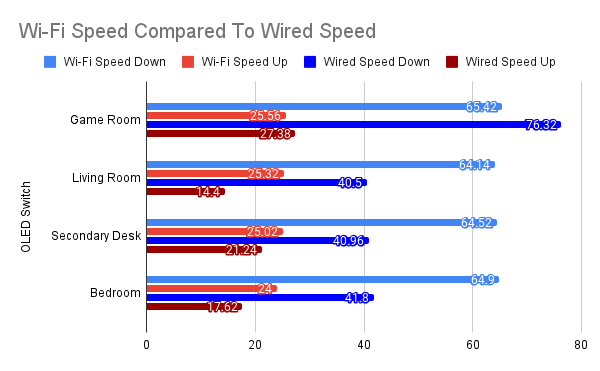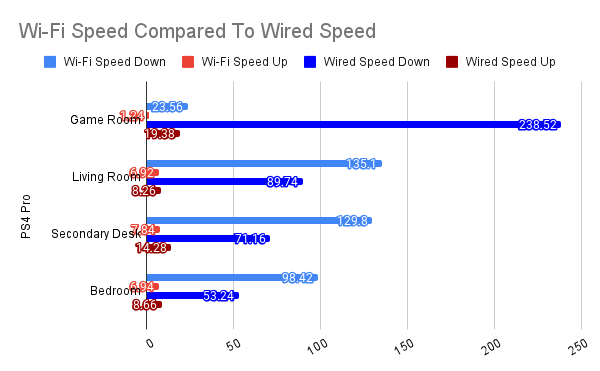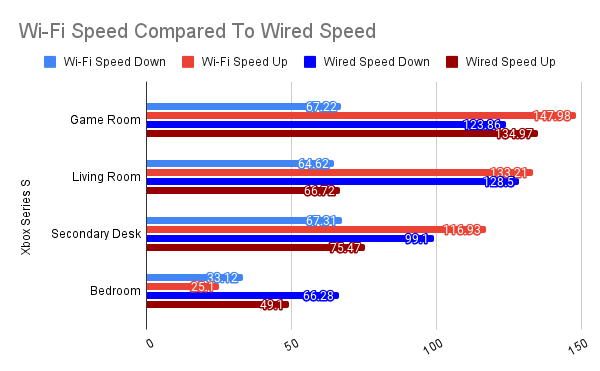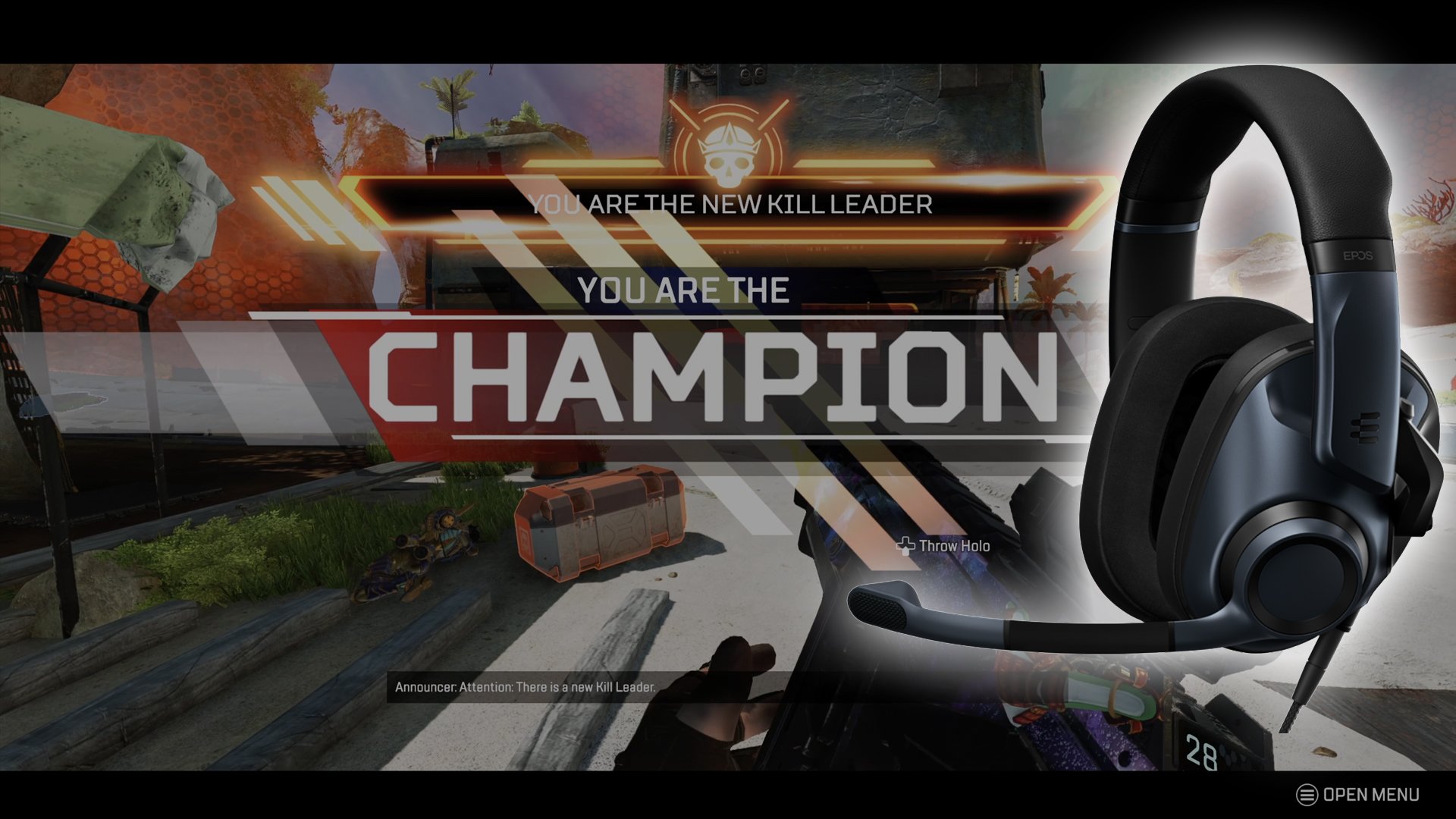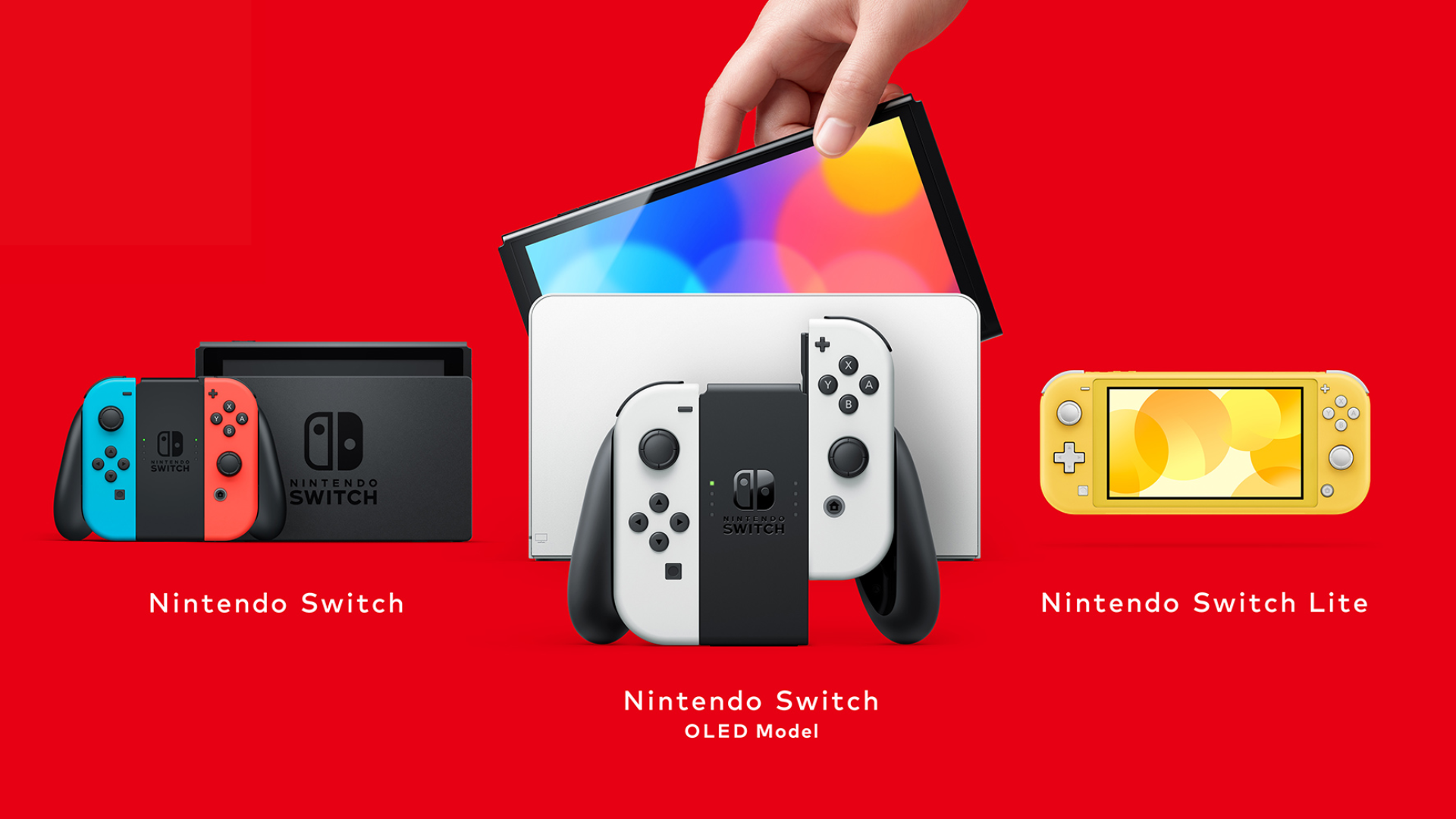Not so many years ago Wi-Fi was a luxury not many had, and for those that did, it still had a number of limitations. Speeds were incredibly slow and latency was unacceptable for most online titles of the day. Fast forward to today, and Wi-Fi has become a norm in our lives, and one I am sure many of us could not live without. That being said, it can still have certain limitations for gaming, depending on the setup. Your gaming area might be in the perfect sweet spot for your Wi-Fi connection, allowing for fast speeds and minimal latency, or it might be in a dead zone in your house where dropouts can be constant. While many gamers utilize Wi-Fi, there are definitely still some of us (dare I say most of us?) that prefer our good ole Ethernet connection to provide the most stable experience in our online titles.
I am lucky enough to have a wired connection in my main gaming and recording area where the majority of my playing time is spent. For the rest of the household, everything relies on our Wi-Fi network. While it is possible to get the rest of the place wired up for a dedicated ethernet connection, time and cost are the current limiting factors. Because of this, I have a long-standing history of utilizing powerline ethernet adapters to bring a bit more stability to certain devices, or internet to wireless free devices. My first experience with a powerline adapter was to get internet into a basement. While the speeds given through it were nothing fantastic at only 1.5 - 3 Mbps, it worked and that was all that mattered at the time. Fast forward a few years and I sprang for a set of adapters that promised a full 1 Gbps throughput. While I never saw these advertised speeds due to the make of the houses I used them in, they did the job I needed them to. Latency was also decent enough for light gaming.
Today I am checking out a new set of adapters from Devolo, a German-based company with a 20-year history in the industry. The Magic 2 series, as it is called, advertises connection speeds between its adapters up to 2 Gbps and interference-free communication to boot. Devolo provided me with one of their Magic 2 LAN Triple Starter Kits, and right from the start of my testing, it is clear these are in another league from what I have used in the past!
What’s In The Box
The Devolo Magic 2 LAN Triple Starter Kit comes in a rather all-business type box with a picture of the included adapters and its purpose right up-front. The sides of the packaging further highlight the purpose of the adapters and a link to the Devolo Magic app for keeping an eye on your network. The back further highlights key aspects of the kit and a nice diagram of it in use. Opening the box you will find your adapters, ethernet cable, and a user manual.
Review sample provided courtesy of Devolo.
Aesthetics And Build Quality
Like most powerline adapters, the Magic 2 line-up is a blocky white brick with a power plug and passthrough and 1 Gbps Ethernet ports. The number of included ports depends on the model, and the starter kit here has one adapter with a single port and the other has three. This model is slightly larger for it. The Devolo logo brands both devices’ faces and the last notable feature is the adapters sync/security button used for initial setup. Both adapters are sturdy and plug-in firmly to every outlet I have tested them with so far.
Usage
The nicest thing about powerline adapters from an end-user perspective is their ease of use. You plug one into a power outlet near your router and attach the ethernet cable to both devices. From here, plug the other adapter into the room where you want a wired connection. Hit the sync/security button on both adapters and you are good to go! But, this simplicity usually comes at a cost of speed and latency, which is what the Devolo adapters claim to overcome compared to other adapters. And while they are at it, having lower latency than your typical Wi-Fi connection. To test this claim I will be measuring the speed and latency of a few of my systems running on both Wi-Fi and a wired connection through the Magic 2 adapters. Each test is run a total of five times and the final result is averaged from there. For my main game room, I am using my direct router connection to serve as a sort of wired connection baseline. Now in full disclosure, we live in a relatively small place, which makes it ideal for our Wi-Fi 6 router to give good coverage to the whole area. But let’s dive into the tests!
Nintendo Switch
Game Room wired test with direct router connection.
Starting things off is the new OLED Nintendo Switch. The Switch has a reputation for having bad Wi-Fi, which could make it an ideal use case for a powerline adapter in various rooms in your home. Between my 4 rooms of testing, the OLED Switch put up a fairly consistent result of roughly 64 Mbps download speeds and 25 Mbps upload speeds. Jumping into the Switch version of Apex Legends showed latency to my local SLC server fluctuating wildly between rooms, with the averages shown here. Hooking up an ethernet cable to the system provides some interesting results. As expected, the direct router connection provides a nice boost to download speed while leaving upload speed relatively the same. Latency within Apex Legends also saw a nice drop compared to using Wi-Fi. But it is the Magic 2 results I find most fascinating here: while we do lose some download and upload speed, which I was expecting, the latency results within Apex are indeed lower than on traditional Wi-Fi, which falls in line with Devolo’s claims. While the numbers might not seem like a lot, they do help make the game feel more reliable during a match despite the speed drop.
PlayStation 4
Game Room wired test with direct router connection.
I, unfortunately, don’t have access to a PlayStation 5 at the moment, so my next test will involve Sony’s last-gen PlayStation 4 Pro. I have never been a fan of how inconsistent the Wi-Fi connection on my Pro is and exclusively use it in a wired configuration. Diving into my Wi-Fi tests, I am again dumbfounded by how bad this thing operates in some rooms versus others, despite having the same signal strength. Overall the Wi-Fi connection is extremely solid as long as it isn’t in my game room apparently. Latency within Apex Legends also matches that of a wired Switch, so overall it isn’t the worst way to play games when it is working as it should. Like the PS3 before it, plugging in an ethernet cable completely transforms the experience of the PS4 Pro, with it posting an impressive near-bandwidth download speed test on my direct-wired connection. Upload speeds are still nothing to write home about, but whatever. As for the Magic 2 results, well we are again losing speed on the download but seeing some increases on upload. Once again, Apex Legends sees lower latency compared to any of the Wi-Fi tests. This is the version of the game I play the least, yes even compared to the Switch version, but it’s still nice to see decreased latency!
Xbox Series S
Game Room wired test with direct router connection.
Things start to get a bit weird here with the Xbox Series S. Microsoft’s budget console has been a ton of fun for me and I use it all over the place compared to my wall-mounted Series X which is in my main game room. That being said, the Wi-Fi connection on the console has been very inconsistent for me and a bit lacking compared to both my Series X and last-gen Xbox One X. Running my Wi-Fi tests you can see how the system doesn’t take full advantage of my available download speeds, but absolutely kills it with uploads. Well except in our back bedroom, who knows what’s going on there. Switching the system over to ethernet sees its download speed practically double with a direct connection but nowhere near taking advantage of our full internet speed, which is a shame considering the Series X and One X do. It is the Magic 2 results here that are the true wonder though, as each test provides solidly better results compared to Wi-Fi! I lose some upload speed but having nearly double download speeds is quite a treat. Latency in Apex Legends also goes down compared to the wireless connections once again. Since this is my most played version of Apex it is easy to notice the slight hiccups in network performance being smoothed out. It makes enough of a difference that I actually move the Magic 2 around with the system now, especially into the back room. While this result is the exception rather than the rule for a powerline adapter, it shows how far the tech has come over the years!
All of these tests were done under the default settings of the Magic 2 adapters. With the Devolo networking app for your phone, you can go in and tweak the crosstalk protection profiles to potentially get even better results. But like all things powerline-related, the results are going to come down to your individual house makeup. Even under their default plug and play profiles, results have both fallen in line with what I would have expected and exceeded any expectations I had.
Verdict
Powerline adapters will always be a simple way to get wired internet to devices that fall outside your Wi-Fi signal range, or have no Wi-Fi to begin with. Devolo’s offering has quite frankly also been the best adapters I have ever used to date! While there is still the typical speed penalty associated with powerline adapters, the reduced latency in gameplay more than makes up for it in my mind. The way the Magic 2 adapters have transformed my Series S into something far more reliable is also a nice treat! While a dedicated wired network will always be preferred, the Magic 2 adapters from Devolo provide an excellent stopgap for anyone who can’t afford to wire up their whole home.


